Evidence
Larry Sultan and Mike Mandel
Evidence, the canonical 1977 American photobook, returns now, in 2024, to print. The book was the culmination of a three-year search through the archives of 77 government agencies, educational institutions and corporations.

Mike Mandel (born 1950) and Larry Sultan (1946 – 2009) began collaborating together while graduate students at the San Francisco Art institute in 1973. In 1975 they got a grant to investigate the files of government, science and industry and to publish a book of what they found.
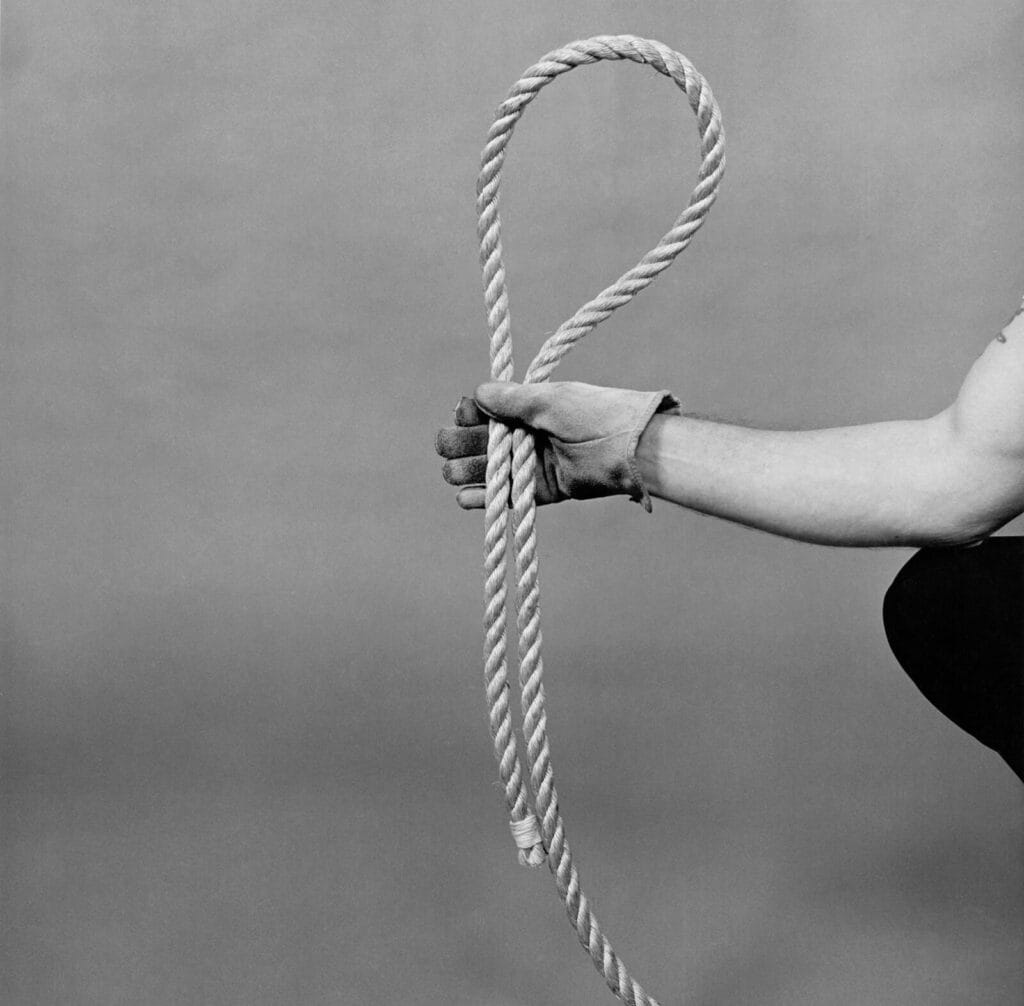
The photographs they found were taken out of context. They used no captions to identify specific images or their sources. The only context they gave is an introductory list in the front of the book of the archives where the photographs have been selected from. Take one photograph and its meaning seems relatively clear. When you place next to it another image with little apparent connection to the first, the meanings of both pictures can be thrown into confusion. A photograph often defies a literal reading. And a book with 59 pictures thrown together can form a visual puzzle of incalculable mystery. The fact that the pictures in Evidence are pictures of unusual activities enhances the mystery. It are pictures no one could understand but experts. So we face a world of mysterious events and incomprehensible activities.
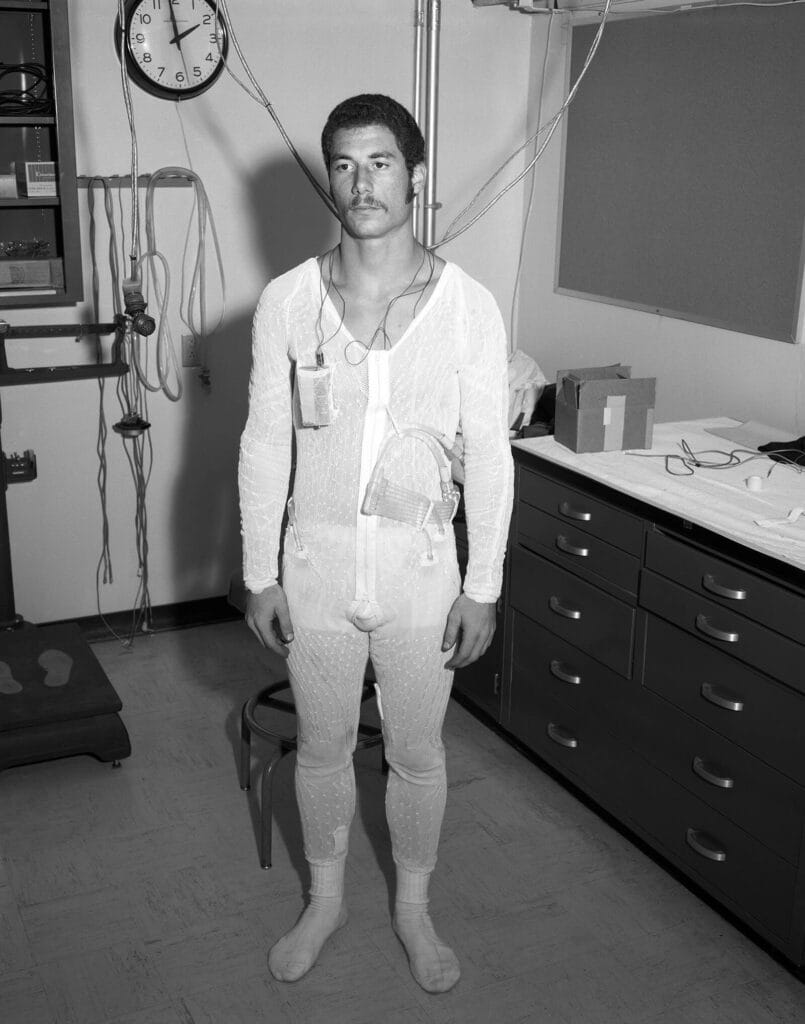
The pictures in the book were all selected from institutional archives – government departments, the military, scientific research establishments, law-enforcement agencies. Their original function is as an information carrier. Their formal parameters sharpness, clarity and objectivity. But taken out of their context the pictures are very funny, even hilarious and sometimes desperately sad. Which is in contrast with the original purpose of the pictures. It puts the seriousness of the original images, and the institutions from which they come, into perspective. In photography you cannot believe what you see. It’s all to point of view.
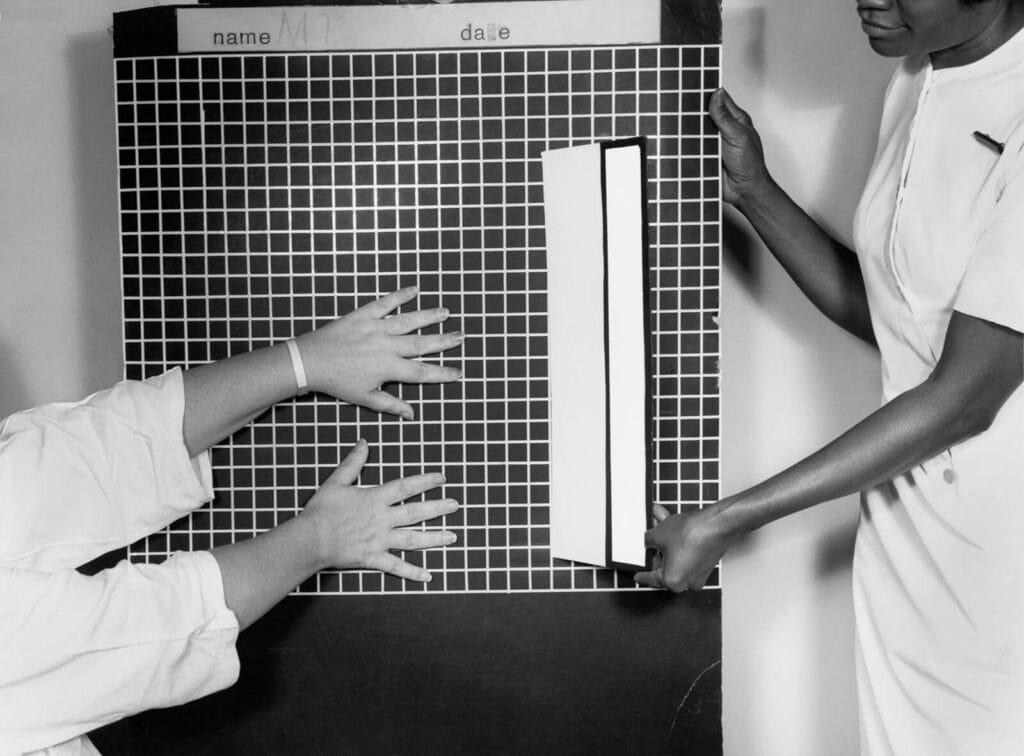
And although the pictures are meant to be objective records of activities some of the anonymous photographers have tried to take a beautiful picture. So they get also an aesthetic value while no aesthetic value was intended. One of the book’s amazing subtexts is just how closely many of these functional images by anonymous photographers resemble what was happening in mid-1970s American art photography: here a ‘Robert Adams‘, there an ‘Emmet Gowin’ or a ‘Lewis Baltz’.
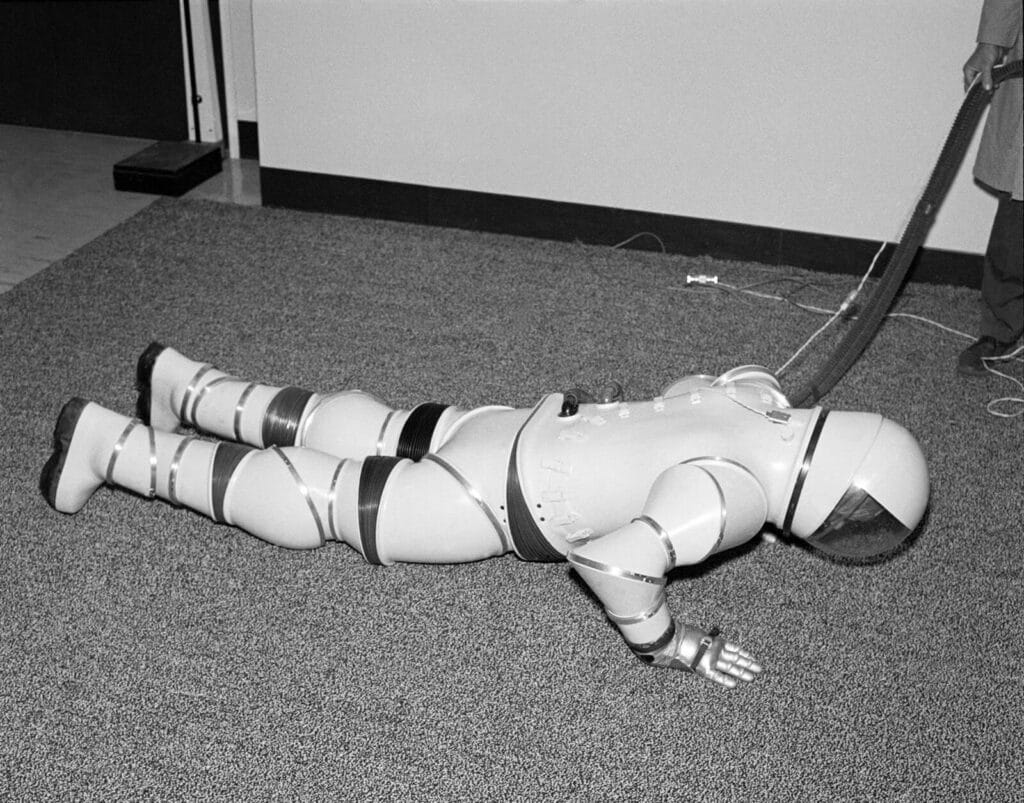
So what are we looking at? We know the original pictures were made as documents and objective records of activities. Although the pictures show no connection with each other, there seems to be a storyline. The book’s essence lies in its wonderful, Kafkaesque narrative flow which utterly defeats even the greatest efforts to find logic and coherence. Complete with undertones of unease ad menace. The motif is men and technology. The book is about human control over nature. Men are trying to control natur with the help of technology. Meanwhile men himself is helpless entrapped by technology. The organisations openening up their archive, exploring the future were not giving the people the wonderful future that they promised.
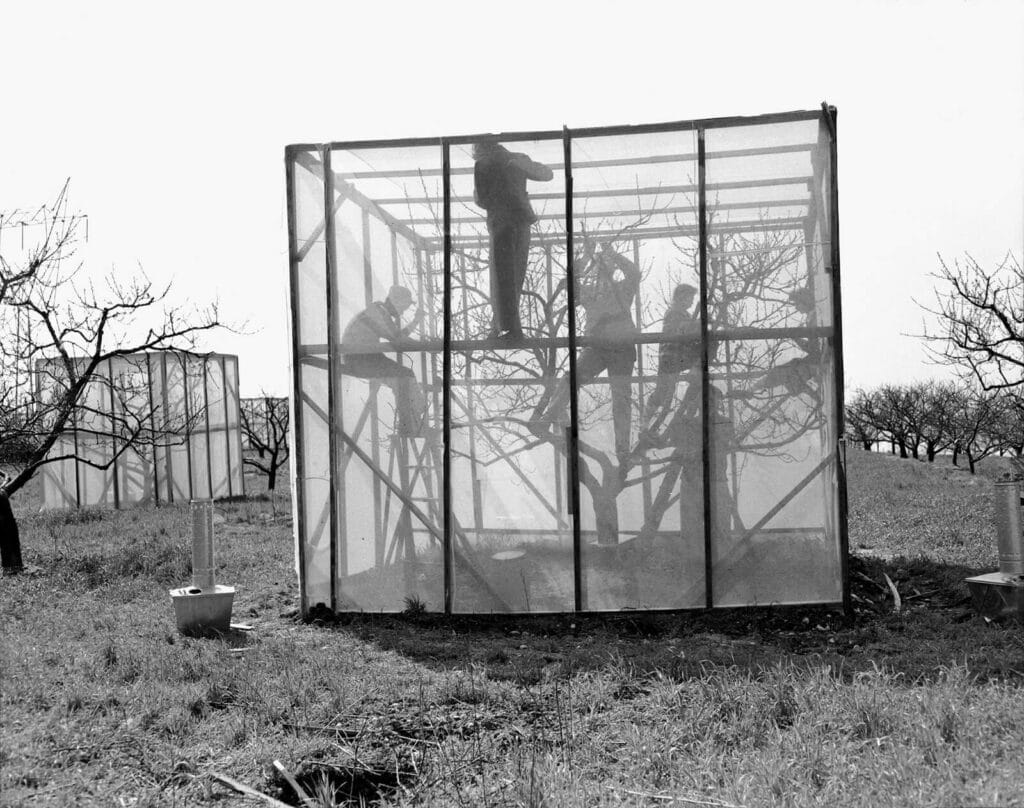
Evidence plays a game with these nominally mundane record photographs. In so doing, its authors have created one of the most beautiful, dense and puzzling photobooks in existence. An endless visual box of tricks. At that time there were virtually no other artist books that used vernacular imagery which has been taken out of context. One of the earliest showing of pictures plucked from their original context was probably Walker Evans. In Let Us Now Praise Famous Men. His pictures came first before James Agee’s text. Another example of giving vernacular pictures a new context is Winconsin Death Trip. Michael Lesy’s book from 1973.
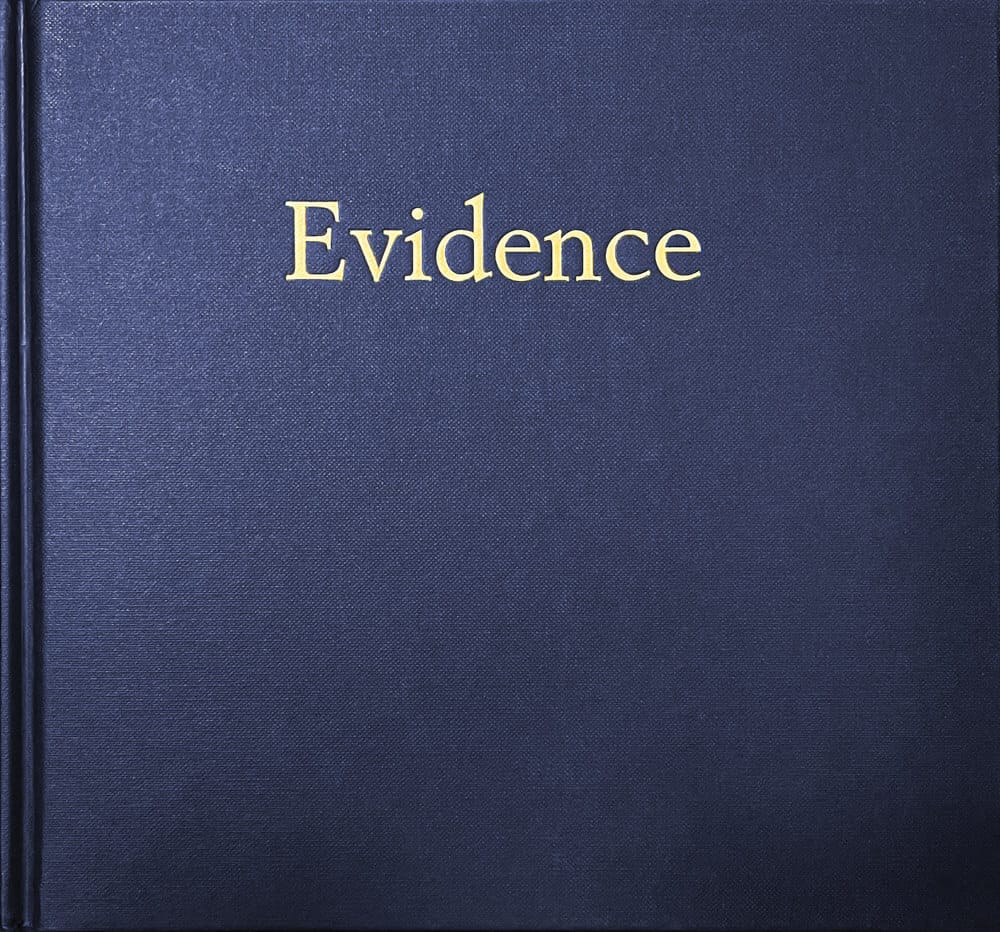
Evidence
Edited by Mike Mandel and Larry Sultan
Originally self-published in 1977 under the imprint Clatworthy Colorvues
Revised editions in 2003, 2017 and 2024 published by D.A.P.
Hardcover, 25,4 cm x 23,5 cm, 92 pages
Text by Sandra S. Phillips, Robert F. Forth
Considered as one of the greatest books of all time by Source Magazine.
Mentioned in The Photobook. A History. Volume 2. Edited by Martin Parr and Gerry Badger.
